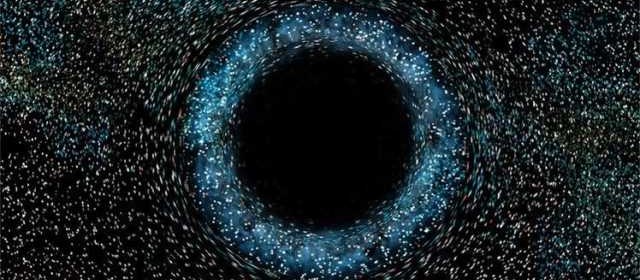A monster black hole

An international team of astronomers has detected a colossal black hole that is 12 billion times more massive than the sun—so big that it is challenging accepted cosmological thinking. Scientists discovered the enormous celestial body, which is 12.8 billion light-years from Earth, at the center of a brilliantly glowing quasar, a cloud of gas that gets superheated and gives off light as it is squeezed into the black hole. That black hole, formed about 875 million years after the Big Bang, has twice the mass of other black holes of a similar age, a fact that has puzzled astronomers. According to current theories, black holes should take billions of years to reach such a supermassive size. “If it started out as a collapsing star, then this black hole ate about a billion times its birth weight to get this heavy,” says Max Tegmark, a cosmologist at the Massachusetts Institute of Technology. “How did it manage to eat so much in so little time?”

 Print
Print